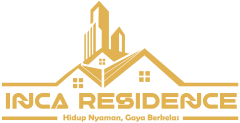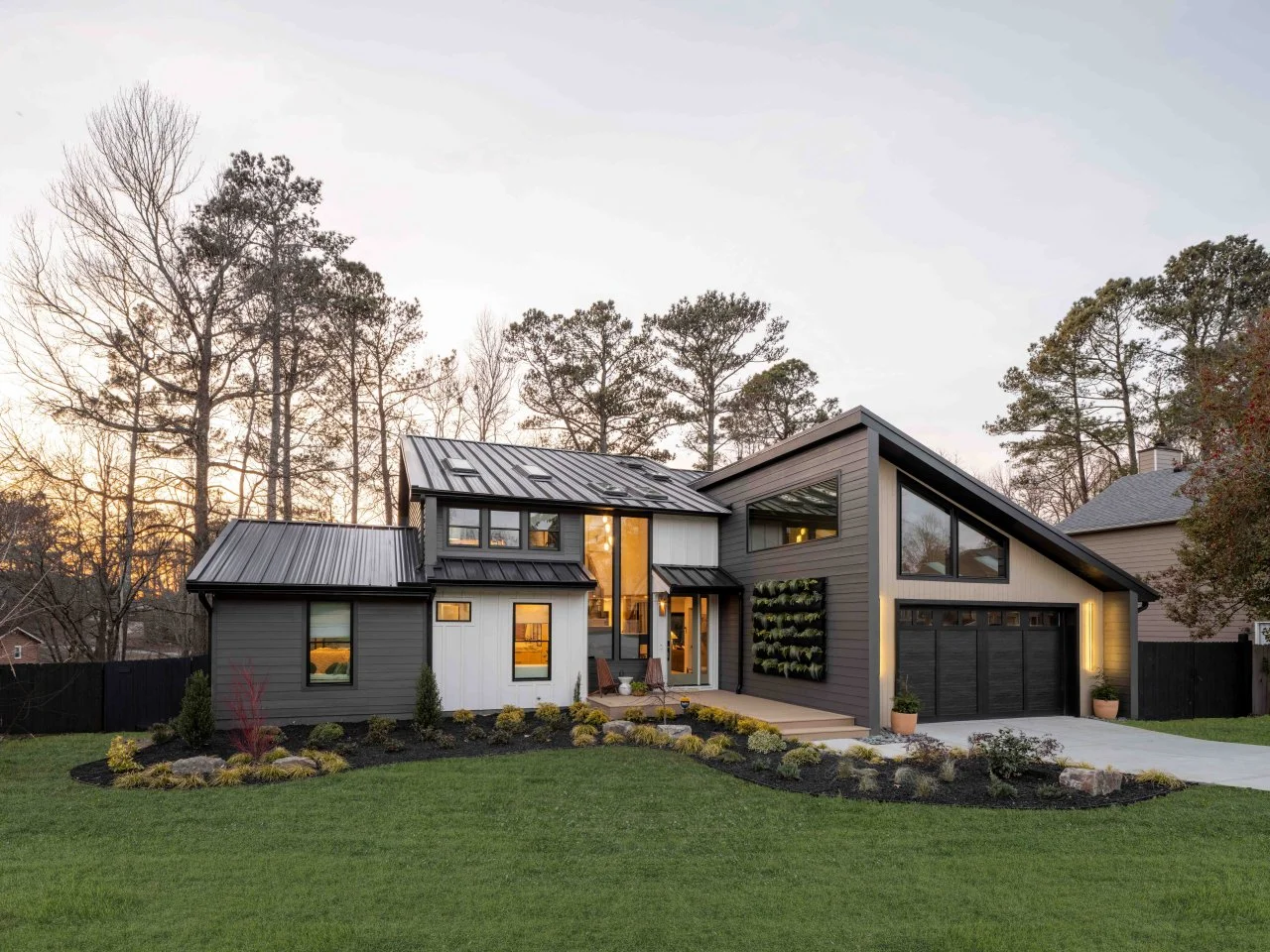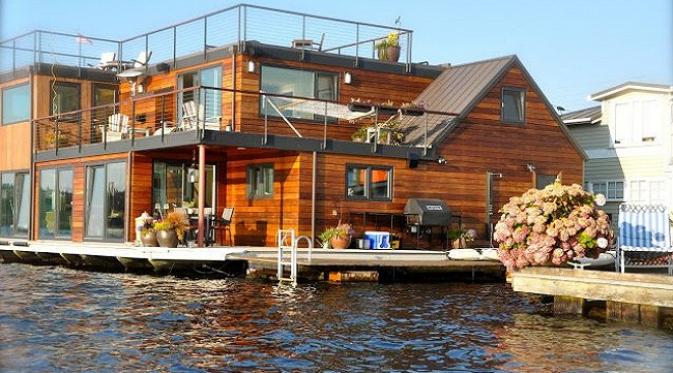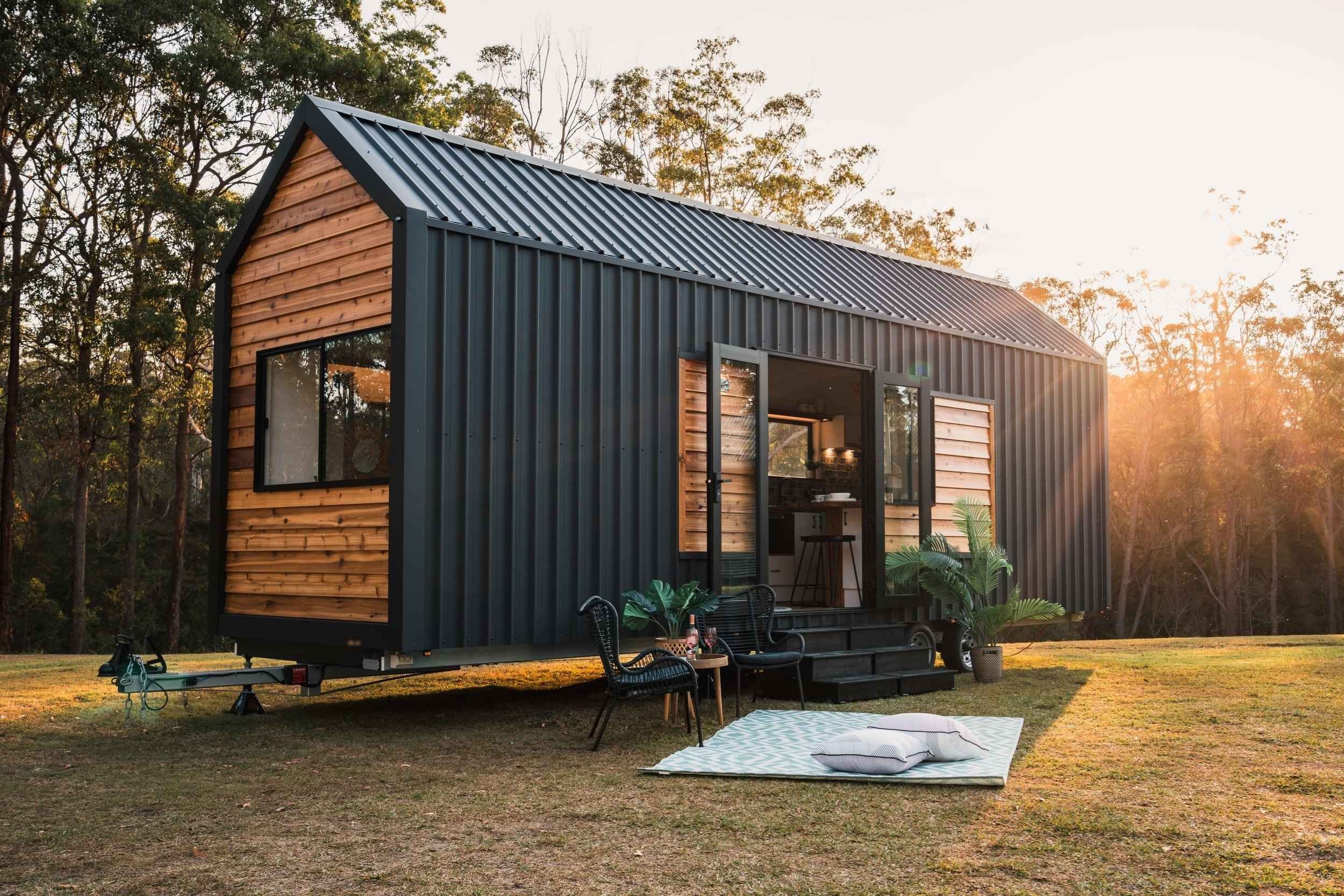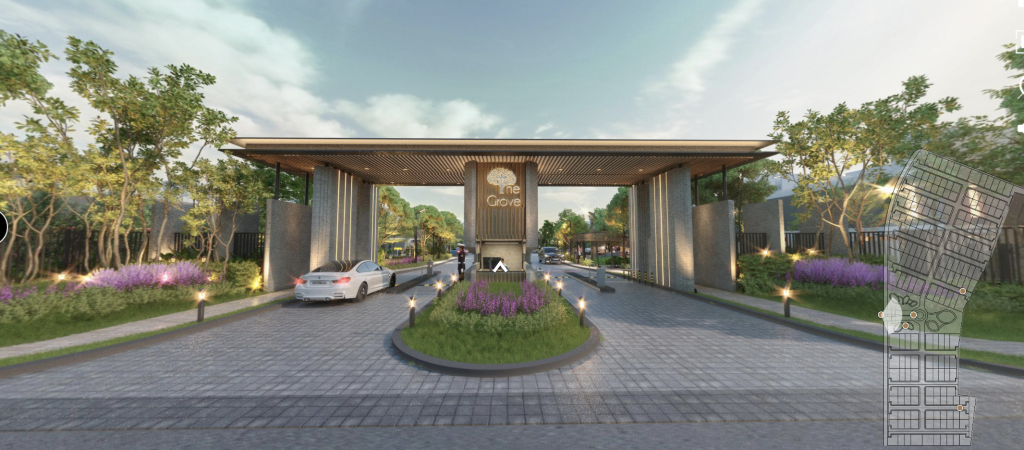We’ll explore various home types, highlighting their defining features and advantages, so you can better understand what each living space has to offer.
1. Single-Family Homes
A single-family Home type is a standalone structure designed to house one family. These homes are often located in suburban areas, offering more privacy, larger living spaces, and outdoor areas compared to other types of housing. They are popular among families and those seeking more space and independence.
Key Features:
- Private Yard: Most single-family Home type come with a private yard, ideal for gardening, outdoor recreation, or hosting gatherings.
- Detached Structure: These Home type are typically not attached to other dwellings, offering more privacy.
- Customization: Homeowners can usually make alterations, such as adding rooms, landscaping, or remodeling the interior.
- Garage: Many single-family Home type include a garage for parking and additional storage.
Pros:
- Greater privacy and space
- Full control over property modifications
- Ideal for families, pets, and outdoor living
Cons:
- Typically higher upfront costs and maintenance responsibilities
- More land and upkeep to manage
2. Townhouses
A townhouse is a multi-floor home that shares walls with adjacent units, typically in a row of similar homes. These homes offer a balance between apartment living and single-family Home type, often featuring smaller outdoor spaces and shared walls.
Key Features:
- Shared Walls: Townhouses are often built in rows, with each unit sharing one or more walls with its neighbors.
- Private Entry: While connected to other units, townhouses usually have a private front door and separate entryway.
- Multiple Floors: Most townhouses are multi-story, providing more living space without a large footprint.
- Limited Yard: Some townhouses have small private yards or patios, but communal green spaces are common in townhouse communities.
Pros:
- More affordable than single-family homes
- Often located in desirable, urban areas
- Less maintenance required for the exterior compared to single-family homes
Cons:
- Less privacy due to shared walls
- Smaller outdoor space
- Can have HOA (Homeowner Association) fees and regulations
3. Apartments
An apartment is a self-contained unit within a larger building or complex. Apartments are common in urban areas and are typically leased rather than owned, making them popular among renters. Apartments offer convenience, especially in densely populated areas, but vary greatly in terms of amenities and size.
Key Features:
- Shared Building Amenities: Many apartment complexes offer shared amenities such as a gym, pool, or laundry facilities.
- Common Areas: Apartments often share common hallways, elevators, and entrances with other units.
- Maintenance Provided: Landlords or property management companies are responsible for maintenance and repairs.
- Limited Outdoor Space: Most apartments have little or no private yard or garden space.
Pros:
- Lower upfront costs and maintenance responsibilities
- Often located in central, convenient locations close to public transportation
- Shorter-term commitment (for renters)
Cons:
- Limited space and privacy
- Less control over customization
- Potential for noise from neighbors
4. Condominiums (Condos)
A condominium (condo) is similar to an apartment but is owned individually, rather than rented. Condo owners own their units but share ownership of common areas (such as hallways, elevators, and recreational spaces) with other residents. Condominiums are common in urban settings where space is limited.
Key Features:
- Individual Ownership: Condo owners have legal ownership of their unit and may modify the interior, subject to community rules.
- Shared Common Areas: Residents share ownership and maintenance responsibility for common spaces like pools, lobbies, and gyms.
- Monthly Fees: Condo owners pay monthly homeowner association (HOA) fees to cover the cost of shared amenities and maintenance.
- Security and Amenities: Many condos offer security features such as gated entrances and on-site security personnel.
Pros:
- Lower maintenance responsibilities compared to a house
- Access to amenities such as pools, gyms, and communal spaces
- Located in convenient urban areas
Cons:
- HOA fees can be expensive
- Limited control over exterior changes
- Shared walls, which can impact privacy
5. Cooperative Housing (Co-ops)
In a cooperative housing (co-op), residents do not own individual units. Instead, they purchase shares in a cooperative that owns the building. The cooperative board governs the building, and shareholders are given the right to live in the building in exchange for their shareholding.
Key Features:
- Shared Ownership: Co-op residents are technically shareholders in the building, not individual property owners.
- Approval Process: Most co-ops have a stringent approval process for new buyers, and applicants may need to meet specific financial or personal criteria.
- Community Involvement: Co-op residents may be expected to participate in the decision-making and upkeep of the building.
- Limited Resale Options: Selling shares in a co-op can be more challenging than selling a private home or condo.
Pros:
- More affordable compared to individual ownership
- A strong sense of community and shared responsibility
- Potential for lower maintenance costs due to collective management
Cons:
- Limited flexibility in selling or renting out the unit
- Approval process can be restrictive
- Limited personal control over the property compared to owning a condo or house
6. Mobile Homes and Manufactured Housing
A mobile home or manufactured home is a prefabricated dwelling that can be moved to a different location. These homes are generally more affordable than traditional homes and offer flexibility in terms of where they can be placed, often in designated mobile home parks.
Key Features:
- Mobility: Mobile homes are designed to be relocated, offering flexibility for the owner.
- Affordability: Mobile homes are typically more affordable than traditional homes, making them a popular choice for first-time buyers or those on a budget.
- Smaller Size: These homes are usually smaller and may not offer the same amenities or space as a traditional house.
Pros:
- Lower cost of ownership
- Flexibility in location (if the home is mobile)
- Lower maintenance and utility costs
Cons:
- May depreciate in value over time
- Limited customization and less stability than traditional homes
- May require additional fees for placement in mobile home parks
7. Tiny Homes
A tiny home is a small, often mobile dwelling, typically ranging from 100 to 400 square feet. Tiny homes are designed to maximize space and are increasingly popular among individuals seeking a minimalist lifestyle or those wishing to downsize.
Key Features:
- Compact Living: Tiny homes make efficient use of small spaces, often incorporating multifunctional furniture and creative storage solutions.
- Energy-Efficiency: Many tiny homes are designed with sustainability in mind, using energy-efficient appliances and solar panels to minimize their environmental footprint.
- Mobility: Many tiny homes are built on wheels, allowing them to be relocated, making them ideal for people who prefer to live in different places.
Pros:
- Low cost of ownership and maintenance
- Encourages a minimalist lifestyle
- Flexibility to move or downsize
Cons:
- Limited space, which can feel restrictive for families or those with many belongings
- Zoning and legal restrictions in certain areas
- May require additional infrastructure or support systems, such as waste disposal or water hookups
Conclusion
Home type you choose depends on various factors, including your budget, lifestyle, personal preferences, and long-term goals. Each type of home offers distinct advantages and disadvantages, and understanding these Residence can help you make the best decision for your living situation. Whether you prefer the privacy of a single-family home, the amenities of a condo, or the affordability of a mobile home, there is a living space suited for every individual or family. By carefully considering your needs and priorities, you can find the perfect home that offers comfort, convenience, and a sense of community.
